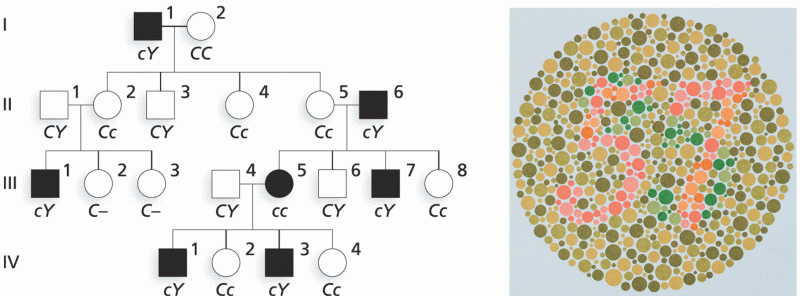Answer to Question 1
D
The nurse must think of family as defined by each individual. The nurse can think of family as a set of relationships that the client identifies as family or as a network of individuals who influ-ence each other's lives, whether or not there are actual biological or legal ties. In other words, the family is each person's definition of who or what constitutes it.
Biological relationship is one of the many types or forms of family that defines family. Different definitions have resulted in heated debates among social scientists and legislators. The nurse must realize that families are as diverse as the individuals that compose them and that their various definitions must be respected.
A socially recognized form of the family is only one of the many family types or forms. Different definitions have resulted in heated debates among social scientists and legislators. The nurse must realize that families are as diverse as the individuals that compose them and that their various definitions must be respected.
A family form that is identified by social scientists and legislators is only one of the many ways of defining what is a family. Different definitions have resulted in heated debates among social scientists and legislators. The nurse must realize that families are as diverse as the individuals that compose them and that their various definitions must be respected.
Answer to Question 2
D
Nursing interventions during the preoperational period (age 2 to 7 years) should recognize the use of play (such as handling equipment) to help the child understand the events taking place. Giving the parents a book and not involving the child is not the best option, because the nurse should explain all procedures to children and their parents. Children tend to ask a lot of questions; therefore limiting questions may increase anxiety. Parents and the child all should be involved in preoperative teaching because the parents will be the primary caregivers upon discharge.
 C, A nurse can also administer the medication by setting the dose and rate with an electronic infusi
C, A nurse can also administer the medication by setting the dose and rate with an electronic infusi
 A farmer with a pitchfork, wearing a hat identifying him as a Granger, warns of an oncoming “Consoli
A farmer with a pitchfork, wearing a hat identifying him as a Granger, warns of an oncoming “Consoli





